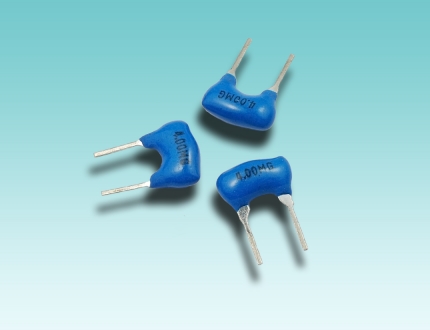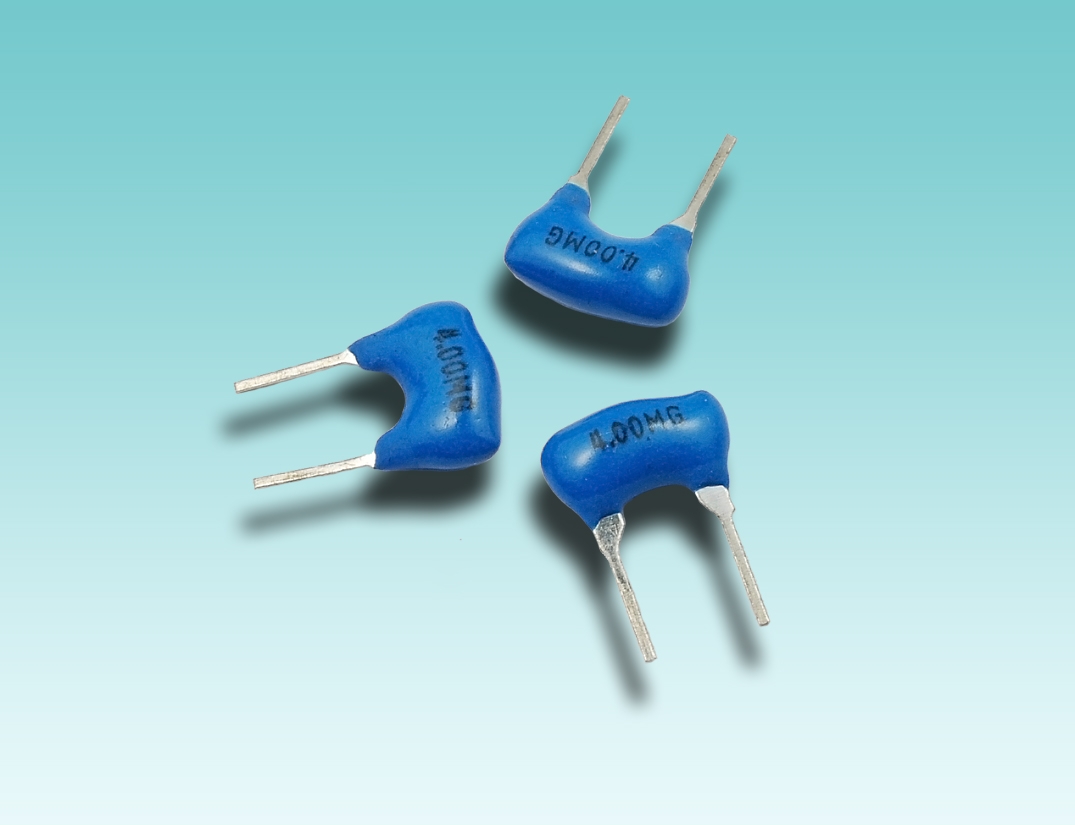MHz DIP Type Ceramic Resonators AGCR-TZTA, AGCR-TZTT(1.79~60.00 MHz)
AGCR-TZTA Series of Ceramic Resonator(1.79~60.00 MHz)
Technical Characteristics:
|
Part Number |
Frequency Range (MHz) |
Frequency Accuracy |
Stability in Temperature |
Operating Temperature |
Aging for Ten |
|
ZTA MG |
1.79~6.00 |
±0.5 |
±0.3 |
-20~+85 |
±0.3 |
|
ZTAWS MG |
1.79~6.00 |
±0.5 |
±0.3 |
-20~+85 |
±0.3 |
|
ZTALS MG |
3.00~8.00 |
±0.5 |
±0.3 |
-20~+85 |
±0.3 |
|
ZTA MT |
6.00~13.00 |
±0.5 |
±0.3 |
-20~+85 |
±0.3 |
|
ZTA MX |
12.00~60.00 |
±0.5 |
±0.3 |
-20~+85 |
±0.3 |
Dimension:(mm)

AGCR-TZTT Series of Ceramic Resonator with Built-in Capacitor(1.79~60.00 MHz)
Technical Characteristics:
|
Part Number |
Frequency Range (MHz) |
Frequency Accuracy |
Stability in Temperature |
Operating Temperature |
Aging for Ten |
|
ZTT MG |
1.79~6.00 |
±0.5 |
±0.3 |
-20~+85 |
±0.3 |
|
ZTTWS MG |
1.79~6.00 |
±0.5 |
±0.3 |
-20~+85 |
±0.3 |
|
ZTTLS MG |
3.00~8.00 |
±0.5 |
±0.3 |
-20~+85 |
±0.3 |
|
ZTT MT |
6.00~13.00 |
±0.5 |
±0.3 |
-20~+85 |
±0.3 |
|
ZTT MX |
12.00~60.00 |
±0.5 |
±0.3 |
-20~+85 |
±0.3 |
Dimension:(mm)

They are also likely to be found in timing circuitry for a wide array of applications such as TVs, VCRs, automotive electronic devices, telephones, copiers, cameras, voice synthesizers, communication equipment, remote controls and toys. A ceramic resonator is often used in place of quartz crystals as a reference clock or signal generator in electronic circuitry due to its low cost and smaller size.




